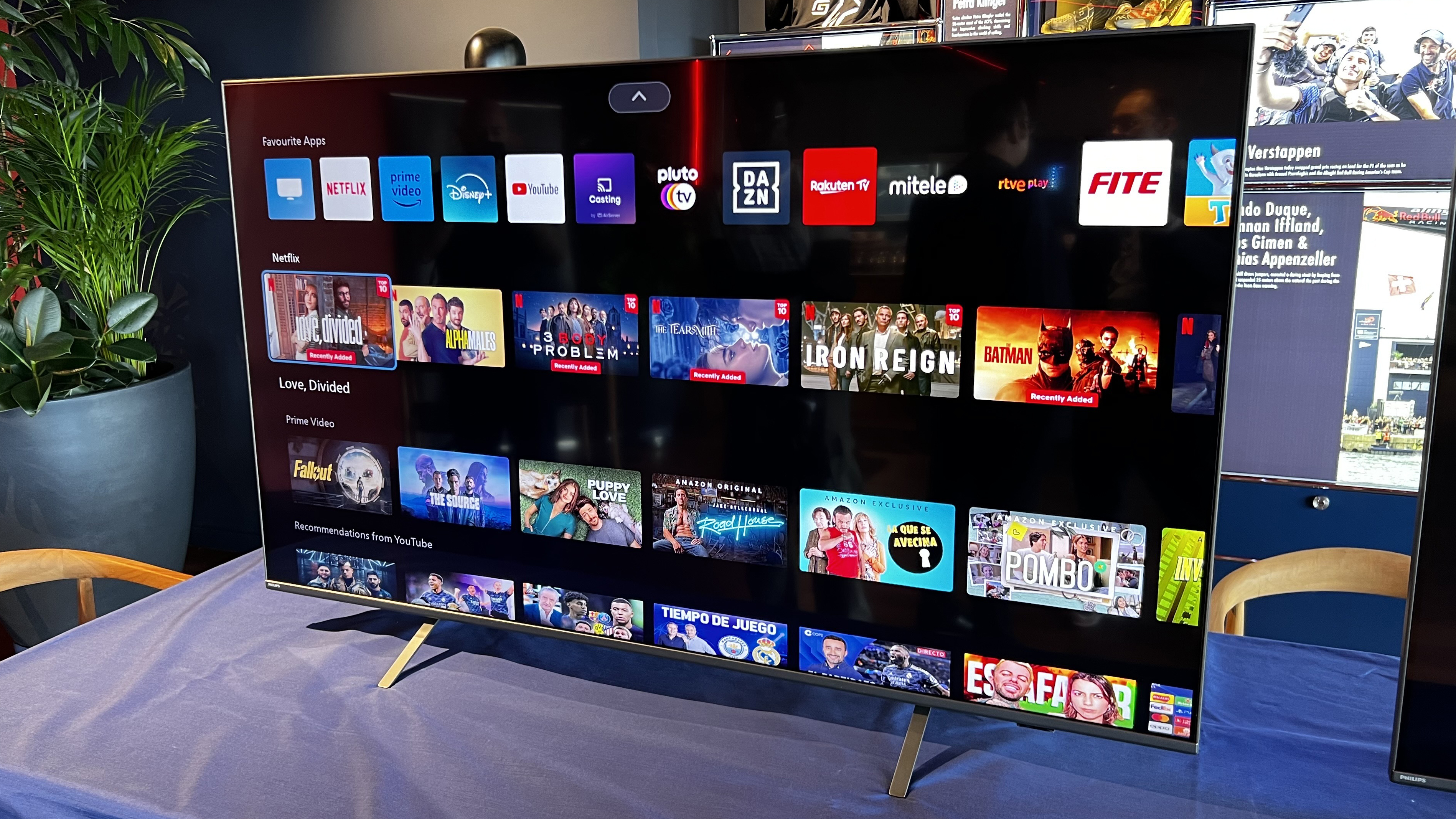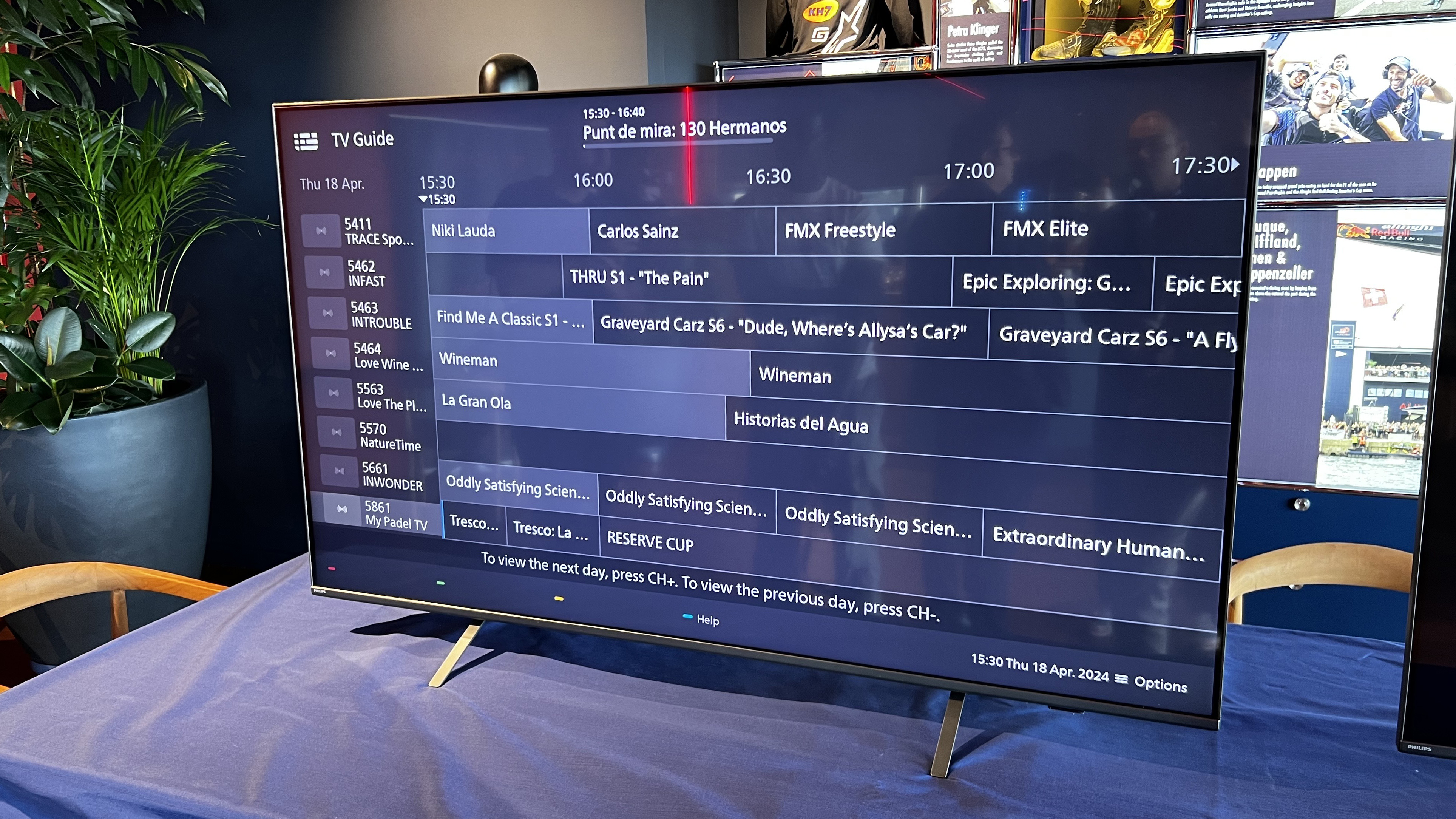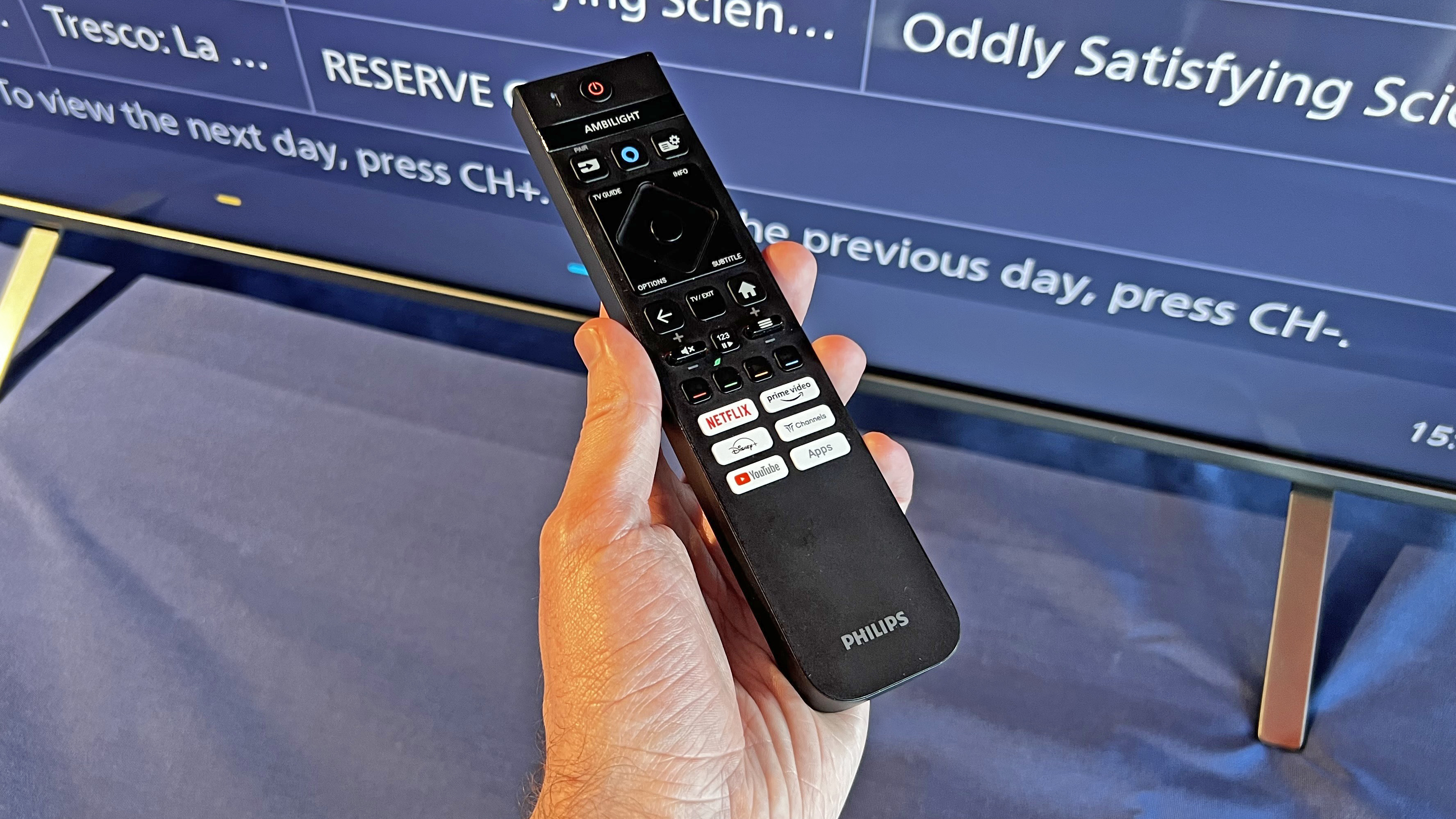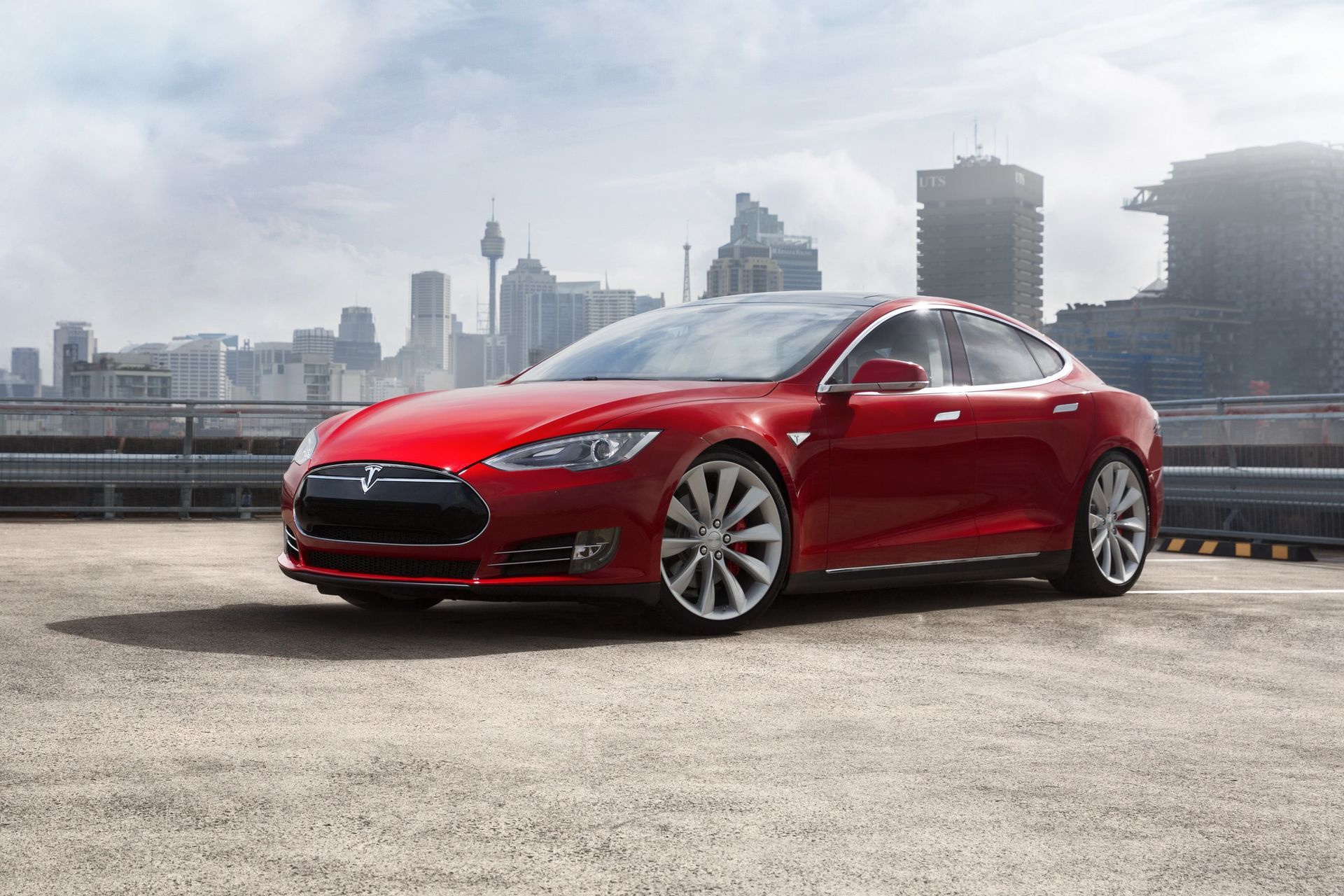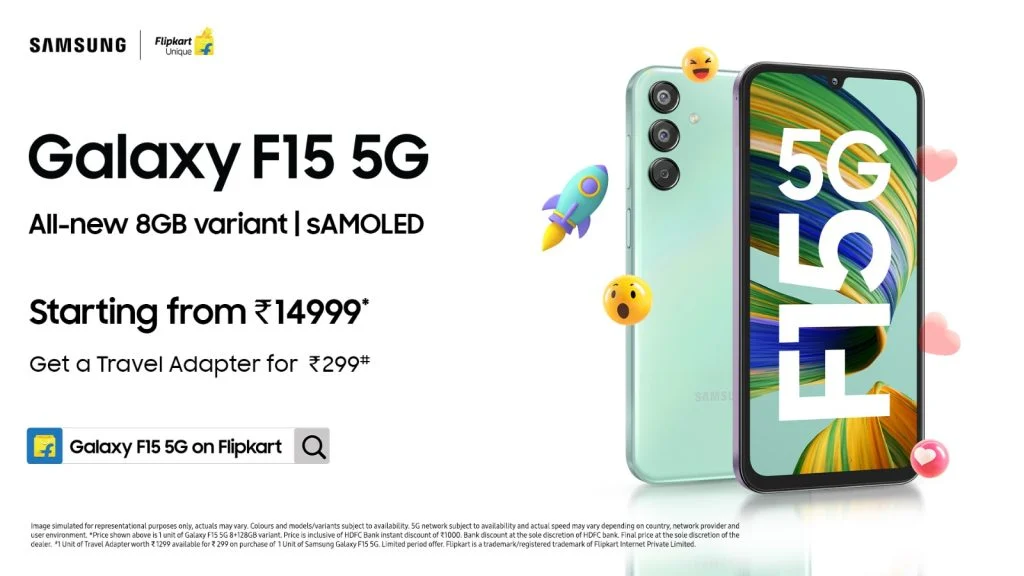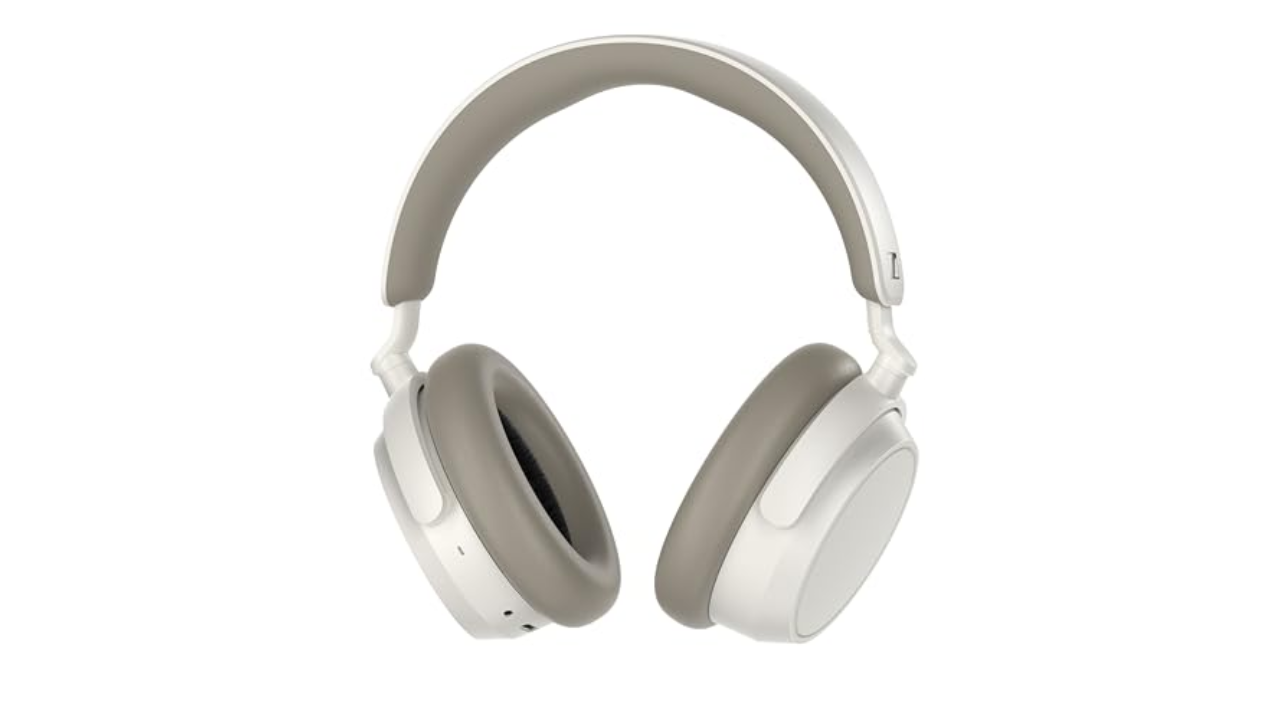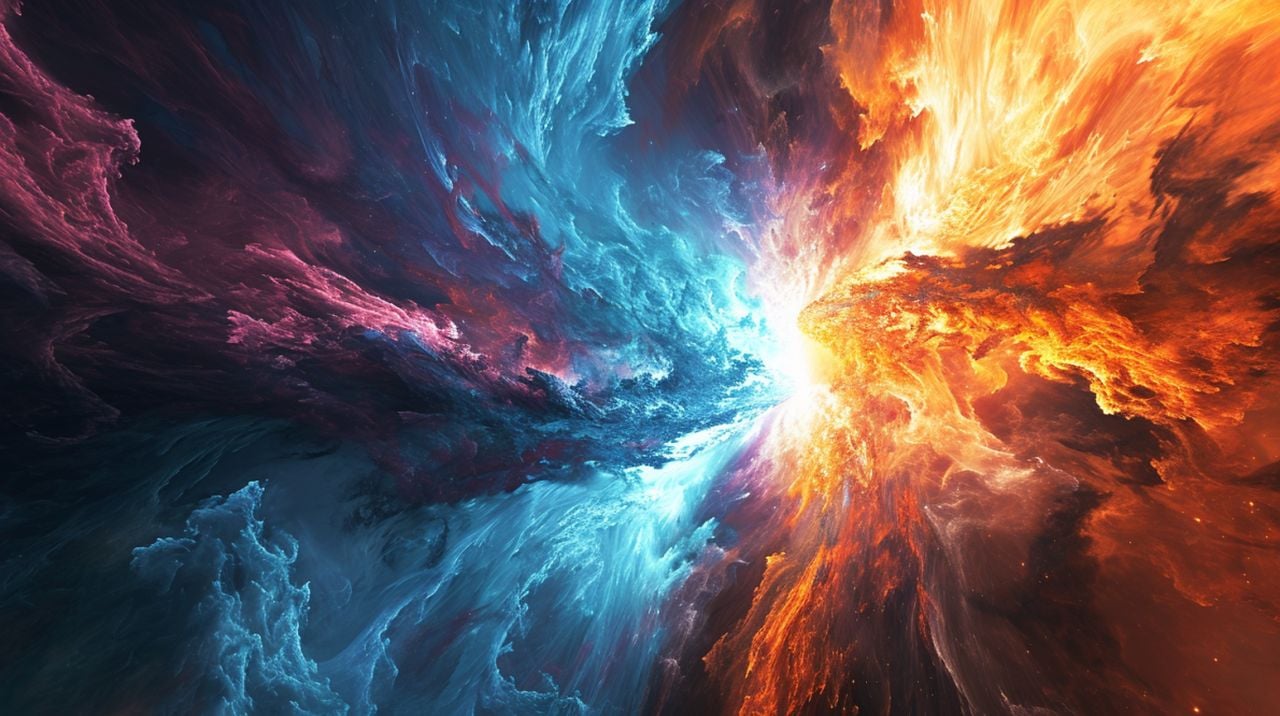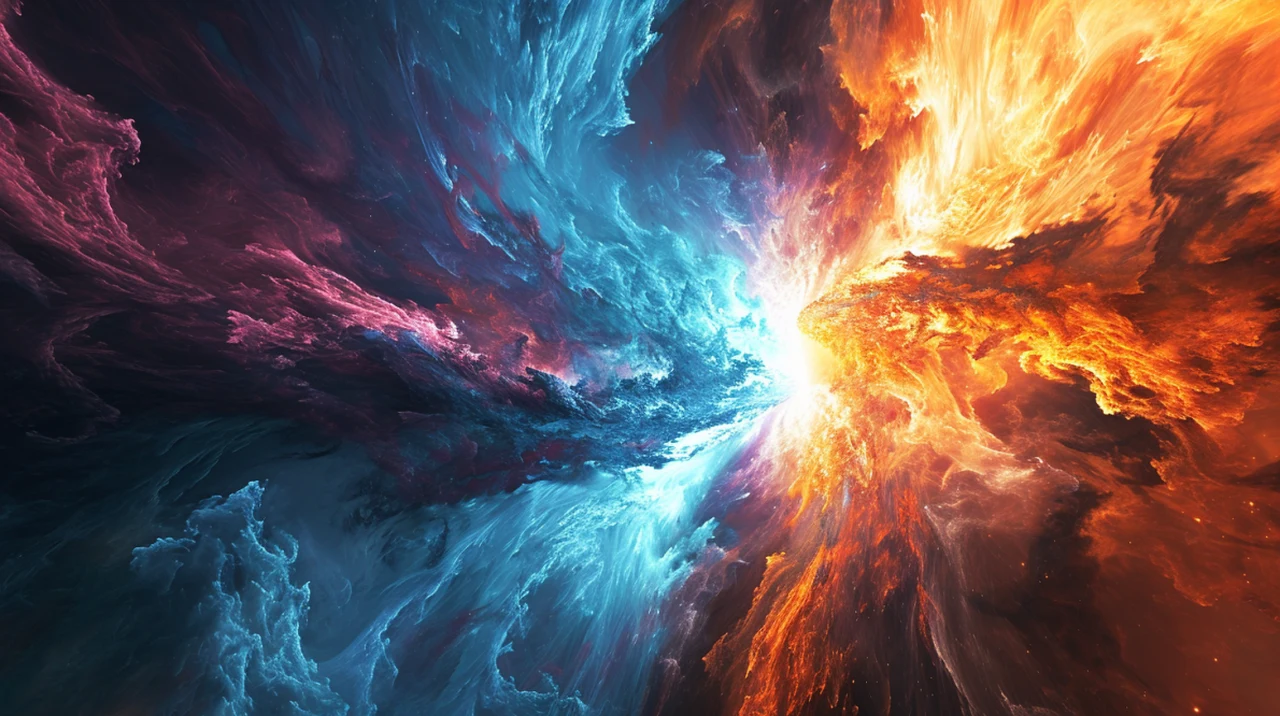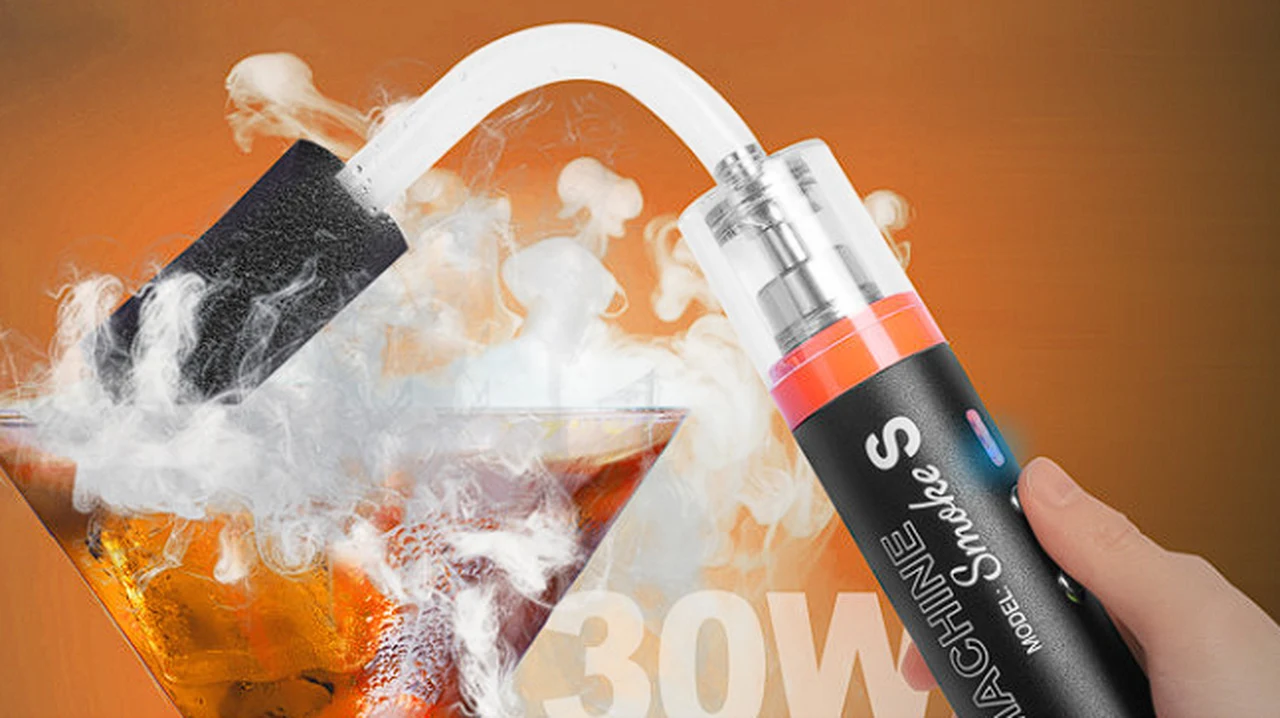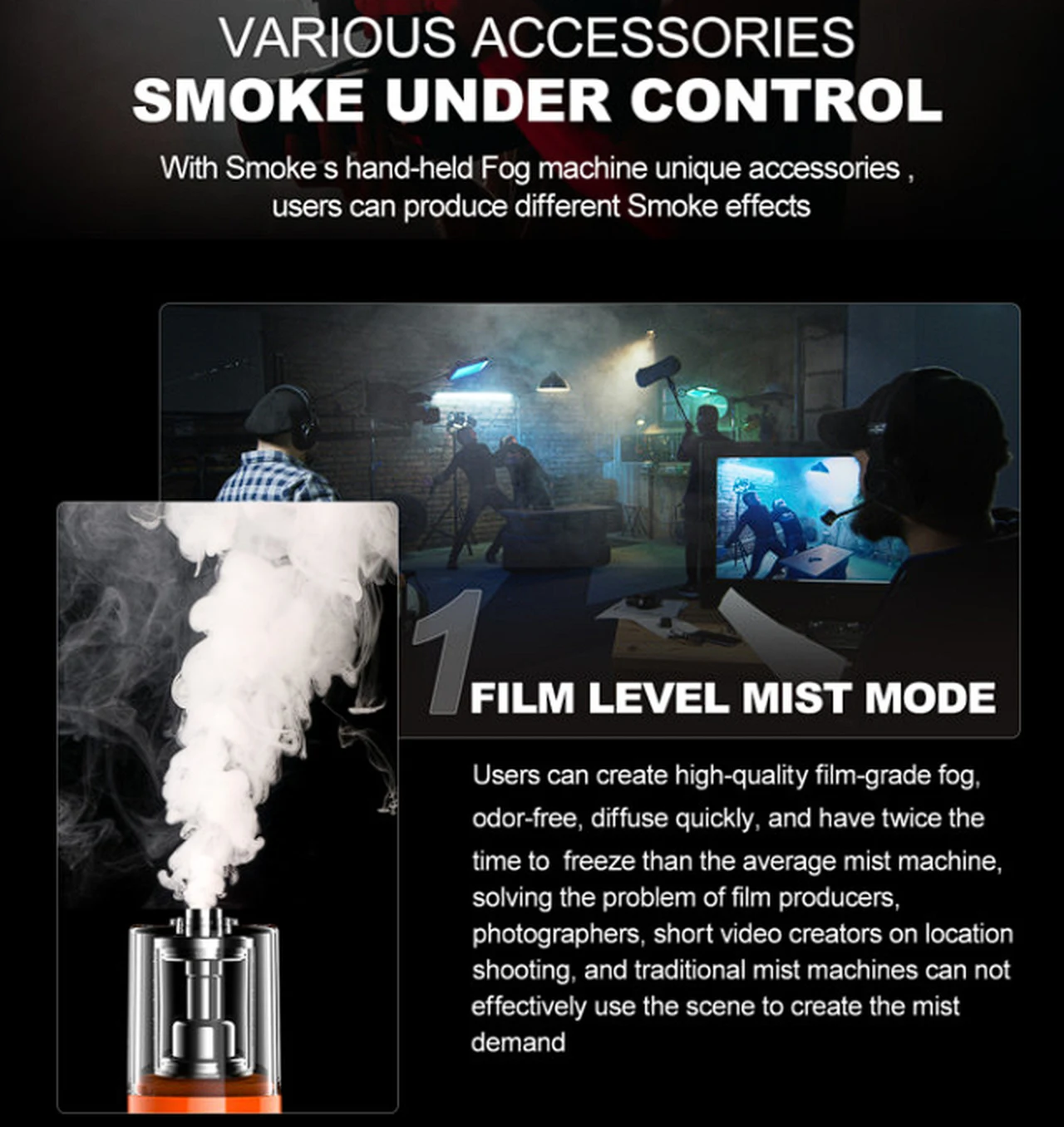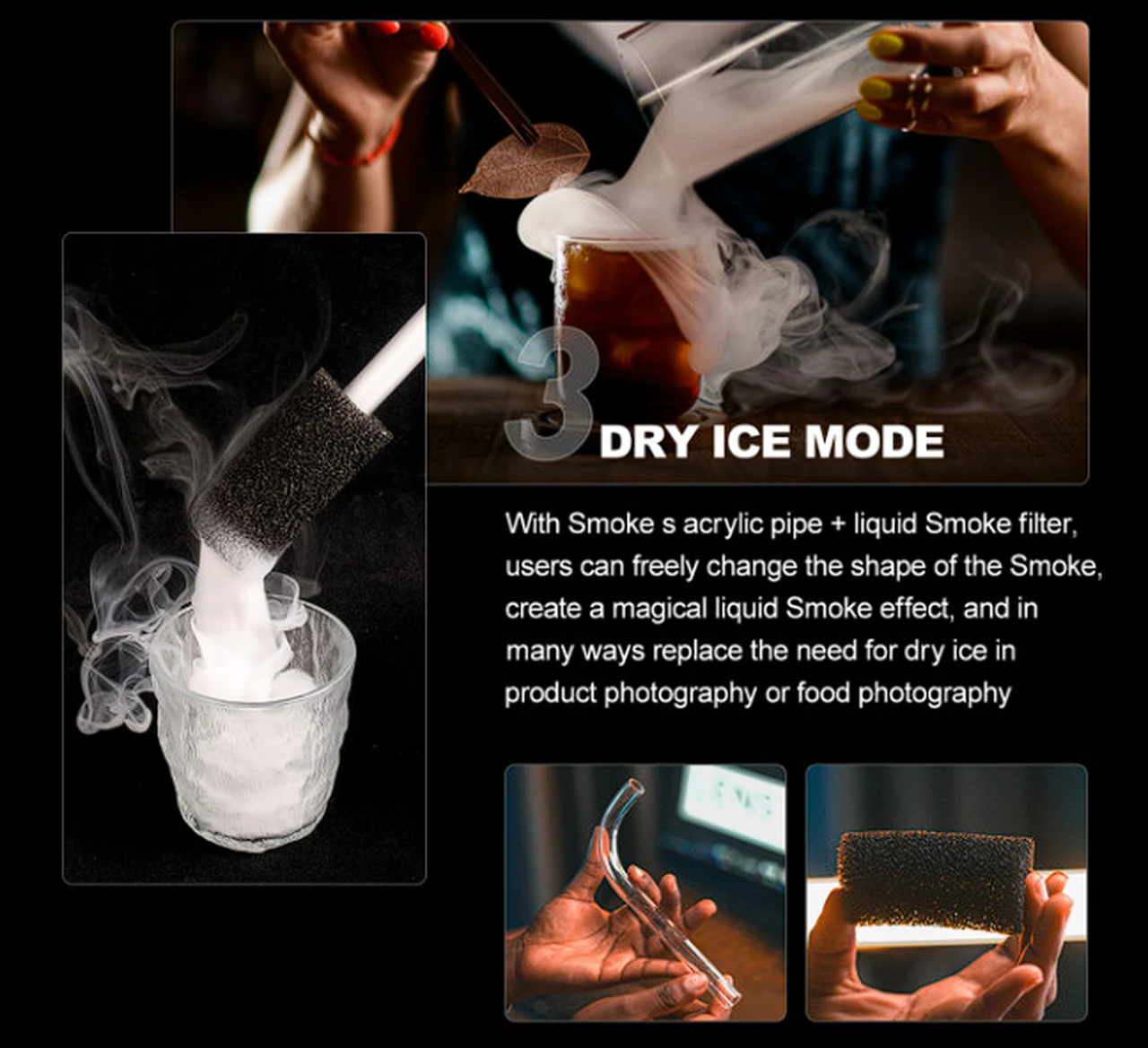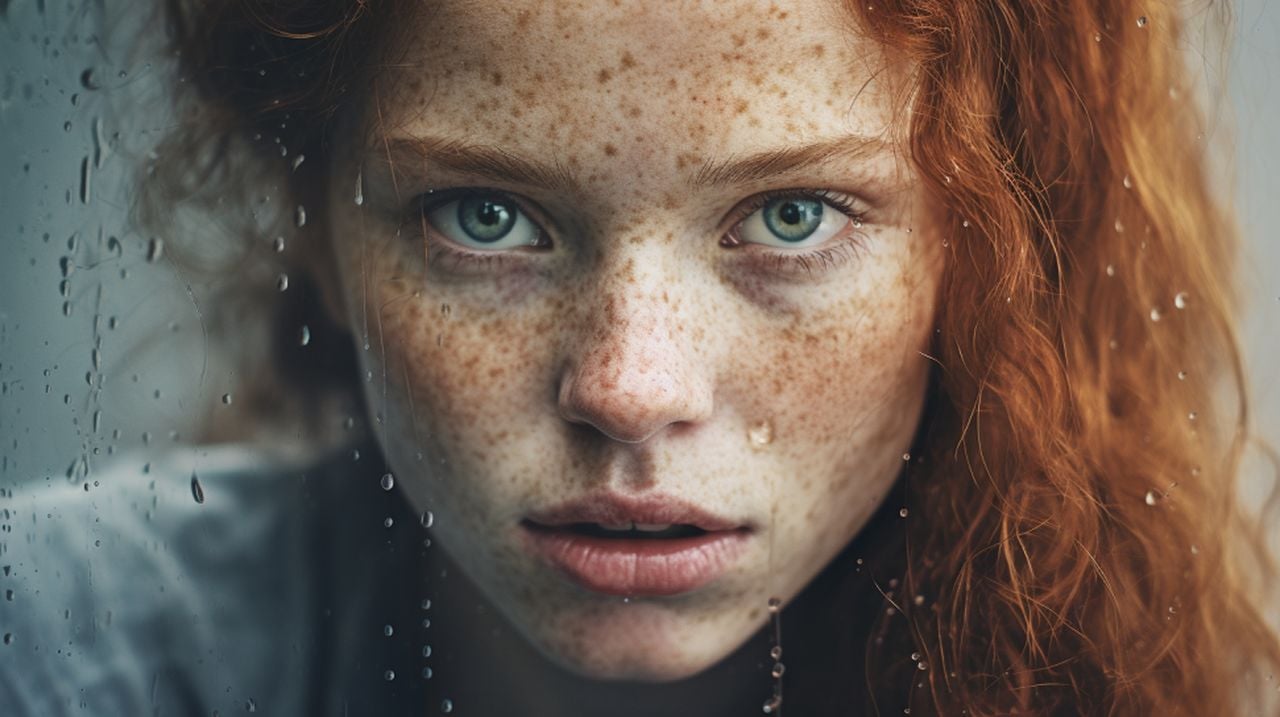[ad_1]
Como modelo de negocio, Spotify No debería tener sentido. Lo siento, pero no debería ser así.
Aquí está el servicio de transmisión de música que ahora cuesta a los usuarios $ 11,99 / £ 11,99 / AU $ 13,99 por mes. Subió sus precios hace dos semanas (Justo después de que el director ejecutivo Daniel Ek enfureciera a los fanáticos de la música al afirmar que el costo de crear “contenido” es “cercano a cero”. Esta cosa cara fue canonizada sin ceremonias.Y también el pasado mes de julio, Cuando aumentó la tarifa de suscripción premium de $ 9,99 / £ 9,99 / AU $ 11,99 por mes Cuesta $ 10,99 / £ 10,99 / AU $ 12,99.
Ah, y además de eso, el gran transmisor de música verde también. Las letras se pusieron recientemente detrás de un muro de pago. Si los informes recientes resultan ciertos, Planea ofrecer un complemento de $5 a su plan Premium para música “sin pérdidas”.'En lugar de lo prometido (y esperado desde hace mucho tiempo)'excelente“O capa HiFi.
Solo para calcular estos números, eso significa obtener audio “sin pérdidas” (con una resolución aún por especificar) en Spotify, es posible que pronto tengas que darle a la compañía $ 16,99 / £ 16,99 / AU $ 18,99 por mes. Mientras tanto, el verdadero audio sin pérdidas es algo manzana Ya ofrece música en su suscripción básica por $ 10,99 / £ 10,99 / AU $ 12,99 por mes.
¡Apple Music va más allá, por menos! En mayo de 2021 Apple Music y Amazon Music presentaron casualmente audio sin pérdidas sin costo adicional para sus suscriptorespero Al lado de Al ofrecer todo su catálogo en calidad CD (el estándar de resolución generalmente aceptado para archivos descritos como “sin pérdidas”, aunque el término en realidad significa cualquier archivo entregado “sin pérdidas”), Apple nos ha dado dos opciones igualmente más alto Niveles de resolución sin coste adicional. Estos niveles se llaman Lossless (sí, eso es confuso, pero aquí significa mejor que CD hasta 24 bits/48 kHz, o 2304 kbps) y Hi-Res Lossless (hasta 24 bits/192 kHz, que es 9216 kbps). . ), todo ello utilizando la solución ALAC (Apple Lossless Audio Codec) de Apple.
¿Cómo se compara Spotify? No tan bueno: los oyentes han estado limitados durante mucho tiempo al archivo Ogg Vorbis de menor calidad a 320 kbps, por lo que incluso si el rumoreado software HiFi significa música con calidad de CD, eso es 1411 kbps (de otro modo escrito como 16 bits/44,1 kHz) por $ 16,99 , por $16,99. Acceso de Apple Music a archivos de 24 bits/192 kHz (también conocidos como 9216 kbps) por solo $ 10,99. No es una buena relación calidad-precio por libra, ¿verdad?
Y eso es incluso antes de llegar al contenido Dolby Atmos y al audio espacial de Apple Music. Cantar música de Apple Para divertirte en el karaoke (que no solo te ofrece la letra, sino que también te permite bajar el volumen del cantante en casi cualquier pista de Apple Music) y Música clásica de Apple ¡Sin cargos adicionales! No puedes conseguirlos en Spotify…
¿Por qué pagamos tanto por Spotify? Porque todos somos tan sociales (…y narcisistas)
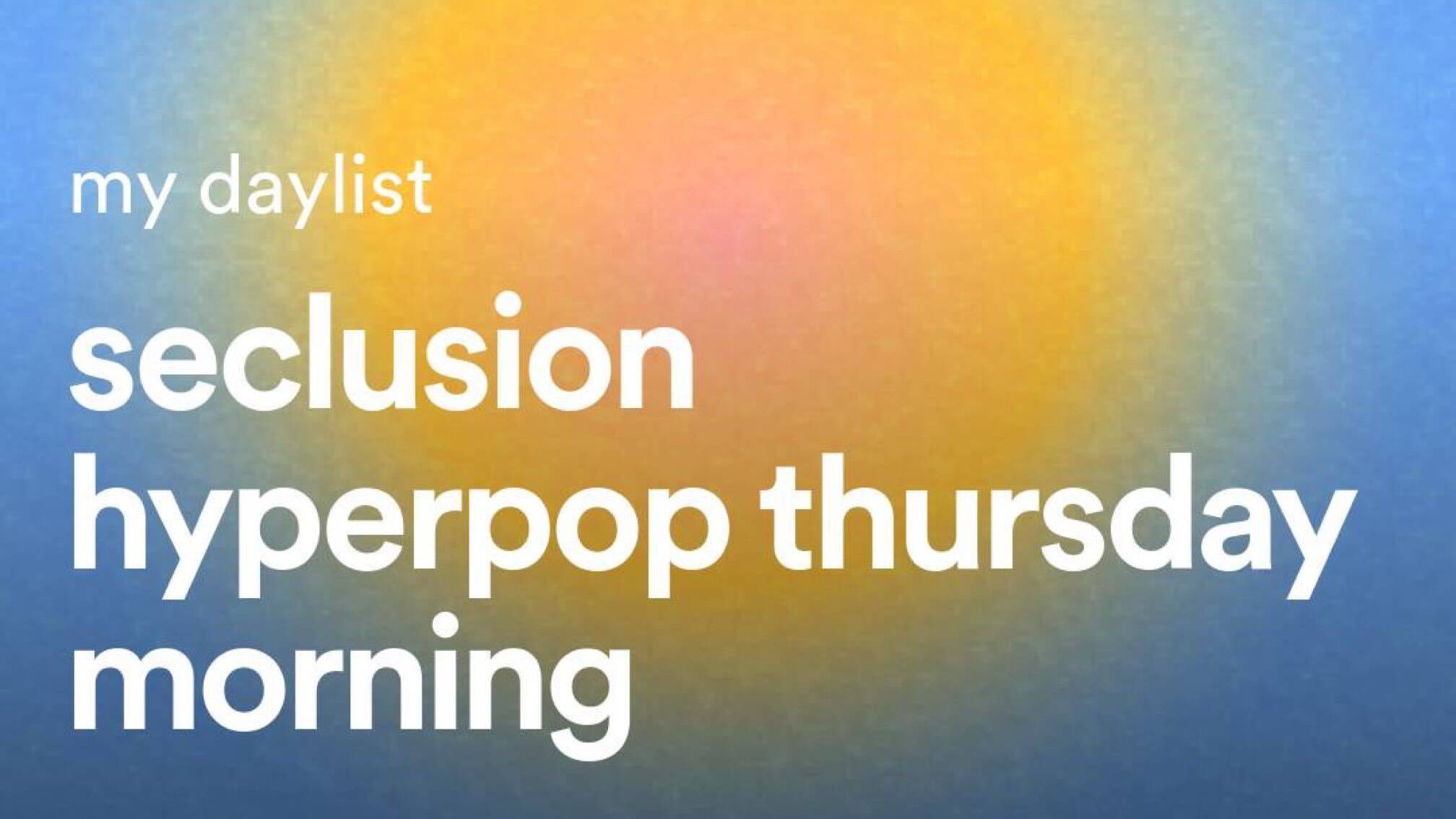
Nos encanta aprender sobre nosotros mismos, ¿no? sea eso Crea el cartel del cartel del festival de tus sueñosobtener Una versión mini de Spotify encapsulada durante todo el añoy escuchar los nuestros DJ con IA (¿Quién se va a burlar de nosotros con cada canción en gran rotación desde que nos suscribimos por primera vez a Spotify?) O, ¿quién podría olvidarlo? – Pastel de SpotifyEn el delicioso gráfico circular del género musical, parece que la condición humana no puede resistir un poco de autoexploración y autodiagnóstico.
Y también nos encanta contárselo a la gente. Como ex bailarina profesional con muchos amigos que todavía trabajan en la industria, siento que una de cada tres historias que veo en Instagram es sobre mis amigos. Títulos desequilibrados de la lista diaria de Spotify (Tengo que decirte, Holly, que tu casting para “El lado oscuro del miércoles por la tarde” funcionó). Entonces difícil).
y no sucede Tema Desde febrero de 2024, Apple Music también ofrece un servicio gratuito Reproduce una actualización mensual que muestra tu escucha mensual – Porque no todos tus amigos tienen Apple Music, y si una persona se queda fuera, ¡no es divertido! Aunque compartir es cuidar Apple Music finalmente lanzó listas de reproducción colaborativas en enero de este añotodavía está muy por detrás de Spotify en términos de alcance social y visibilidad.
Le hemos estado diciendo a los amantes de la música ¿Por qué deberían cambiar de Spotify a Apple Music? (o incluso Deshazte de Spotify por Tidal Si son fanáticos leales de la música) desde hace mucho tiempo, pero la esencia del argumento es que la música que obtienes en cualquiera de estas plataformas es de mejor calidad por menos dinero – y con esto me refiero a una resolución más alta, por lo que estás obteniendo más detalles en el archivo transmitido. Pero no es tan fácil.
La otra cosa que probablemente le impedirá mudarse a Apple (o incluso a cualquiera de… Los mejores servicios de transmisión de música Que no es Spotify) es que Spotify fue el primero para ti. ¡Aprendí el placer de transmitir música gracias a Spotify! Siempre lo amarás en algún nivel; Estás atrapado en sus garras por la sencilla razón de que no quieres perder nunca todas las listas de reproducción que has creado en el pasado, oh, ¿por cuánto tiempo? Al menos desde 2008. Va a ser una ruptura complicada. Spotify no quiere dejarlos ir contigo, y Apple Music simplemente no te los pasará, lo que significa a) buscar un servicio de terceros como Tune My Music, Soundiiz o SongShift que te ayude a hacerlo. , como un abogado de divorcios, ob) hacerlo todo manualmente, inevitablemente resulta en que se pierda algo de música, porque ¿quién tiene tiempo?
y hasta cuando Redditors detectados Apple Música Android Integración de prueba beta con el servicio SongShift En febrero de 2024, lo que podría facilitar la transferencia de música desde otros servicios a Apple Music, es optimista esperar que la gente se sume ahora.
No, parafraseando gloriosamente a Ross Tamblyn Canción de chorro De West Side Story Cuando estás en Spotify, estás en Spotify todo el tiempo, desde tu primer cigarrillo hasta el último día de tu muerte. Ahora soy usuario de Apple Music, pero a veces (por ejemplo, cuando me piden que contribuya a una lista de reproducción en la oficina) todavía puedo sentirme aislado. Puedo contar con varios colegas que conozco que también han abandonado el barco. Y espero que incluso con los aumentos de precios, los complementos y las eliminaciones, cuando estés en Spotify, permanecerás en Spotify.
También te puede interesar
[ad_2]
Source Article Link





